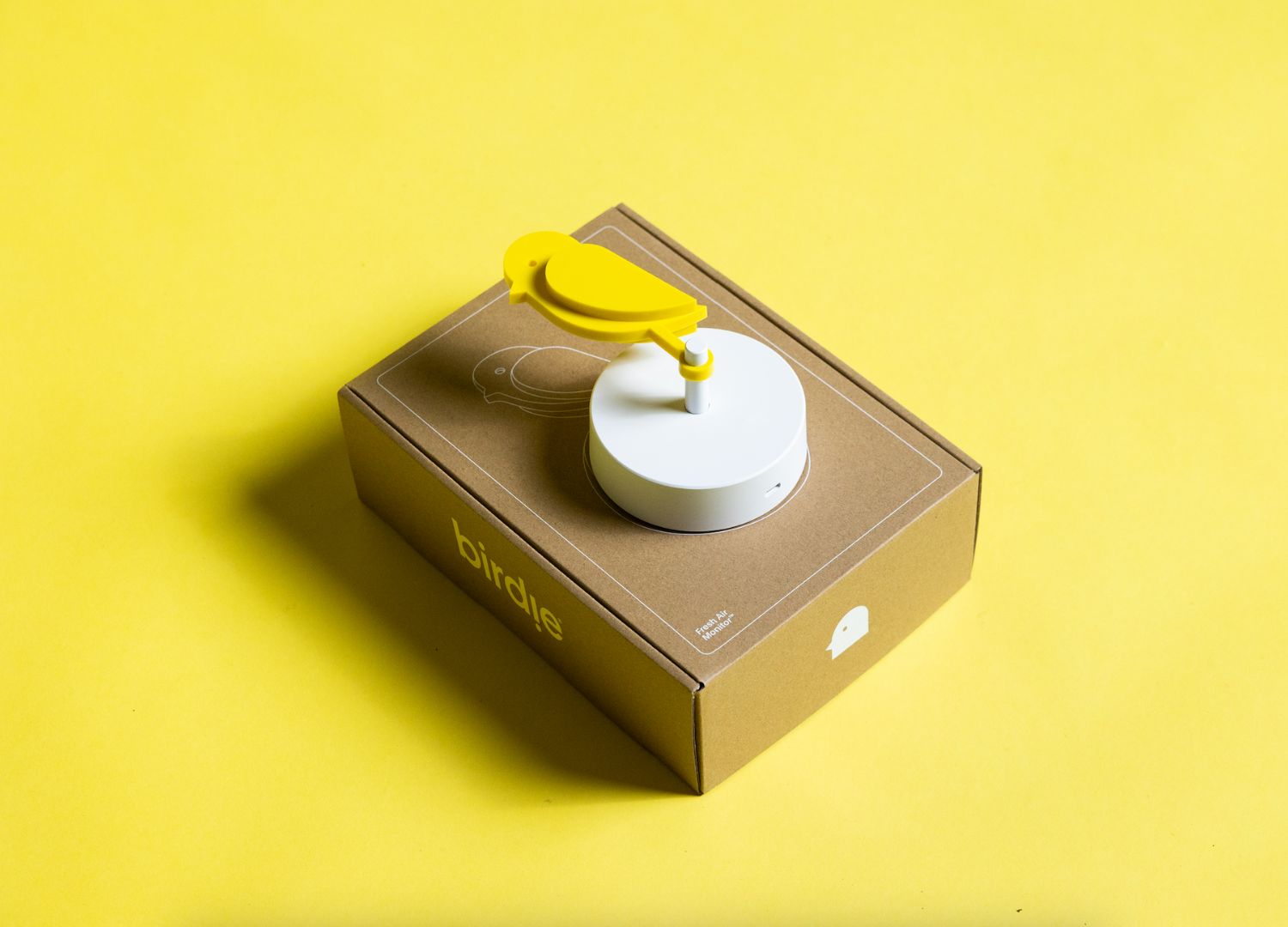A cute canary signals when it’s time to refresh the air in your home
Inspired by his father’s ‘obsession’ for natural home ventilation and passion for birds, designer Hans Høite Augustenborg developed a straightforward and efficient method to maintain clean air within homes.

Most of our lives are spent in environments with suboptimal air quality, a significant yet often unnoticed issue. From this straightforward but significant insight, the concept of Birdie emerged—an inventive approach to home environment monitoring, envisioned and crafted by Danish designers.
At the inaugural ‘Enhance – Design for Social Impact‘ event, the project was chosen to be featured at the next Milan Design Week. The purpose is to enlighten visitors about issues that are frequently overlooked. Along with other selected initiatives celebrated for their societal impact, it will share its narrative through the guise of a ‘canary’. We posed some questions to the founders.

What is Birdie, and how did the idea behind its creation come about?
Hans Høite Augustenborg:
“My dad was obsessed with natural ventilation, when growing up. He’s an architect and he knew a lot about houses and the importance of a healthy indoor climate. On top of that my dad is also a bird enthusiast, and taught me about the canary in the coal mine, as a kid. Those two things got my thinking and suddenly the idea for Birdie was born, during design school in Copenhagen.”

How did you come to understand that there was an issue ‘in the air’? Particularly within the confines of a home, which is often considered to be the safest space?
Hans Høite Augustenborg:
“Basically the information on how poor indoor air quality impacts our health and well-being, has been public for decades. Unfortunately it’s not common knowledge. Mainly because it hasn’t been communicated in a language that most of us can understand, but mostly in scientific papers and reports.”

What is the best place in the house to position it, and why?
Hans Høite Augustenborg:
“As a rule of thumb; 1 Birdie should be enough to cover a room up to 100m². We typically recommend to install the bird in the room of your home where you spend most of your time. If you have multiple floors or closed-off rooms (a bedroom) we suggest 1 Birdie each floor/closed-off room. We recommend you to install the bird in a height of 1,5-2,5m.”

Do various factors like city differences, pollution levels, and household setups affect Birdie’s performance? If yes, in what ways have you addressed these influences?
Hans Høite Augustenborg:
“Air pollution inside is generally worse than outside air — and it’s not by a small factor. The U.S. Environmental Protection Agency reports, “Indoor air levels of many pollutants may be 2-5 times, and occasionally, more than 100 times higher than outdoor levels.
In the last several years, a growing body of scientific evidence has indicated that the air within homes and other buildings can be more seriously polluted than the outdoor air in even the largest and most industrialized cities. Source: U.S. Consumer Product Safety Commission.”

How does Birdie integrate certain SDGs? Were they used as guiding principles during its conception and development?
Hans Høite Augustenborg:
“Birdie is trying to help solve the problems tied to SDG Goal #11 (Make cities and human settlements inclusive, safe, resilient and sustainable) and #12 (Ensure sustainable consumption and production patterns). When developing Birdie it was a clear goal to not create new problems, but instead trying to solve some of the great issues the world is facing at the moment. That’s why we want to improve indoor air quality in homes, offices and schools and why our product is made responsible (e.g. made from 100% recycled plastic).”












